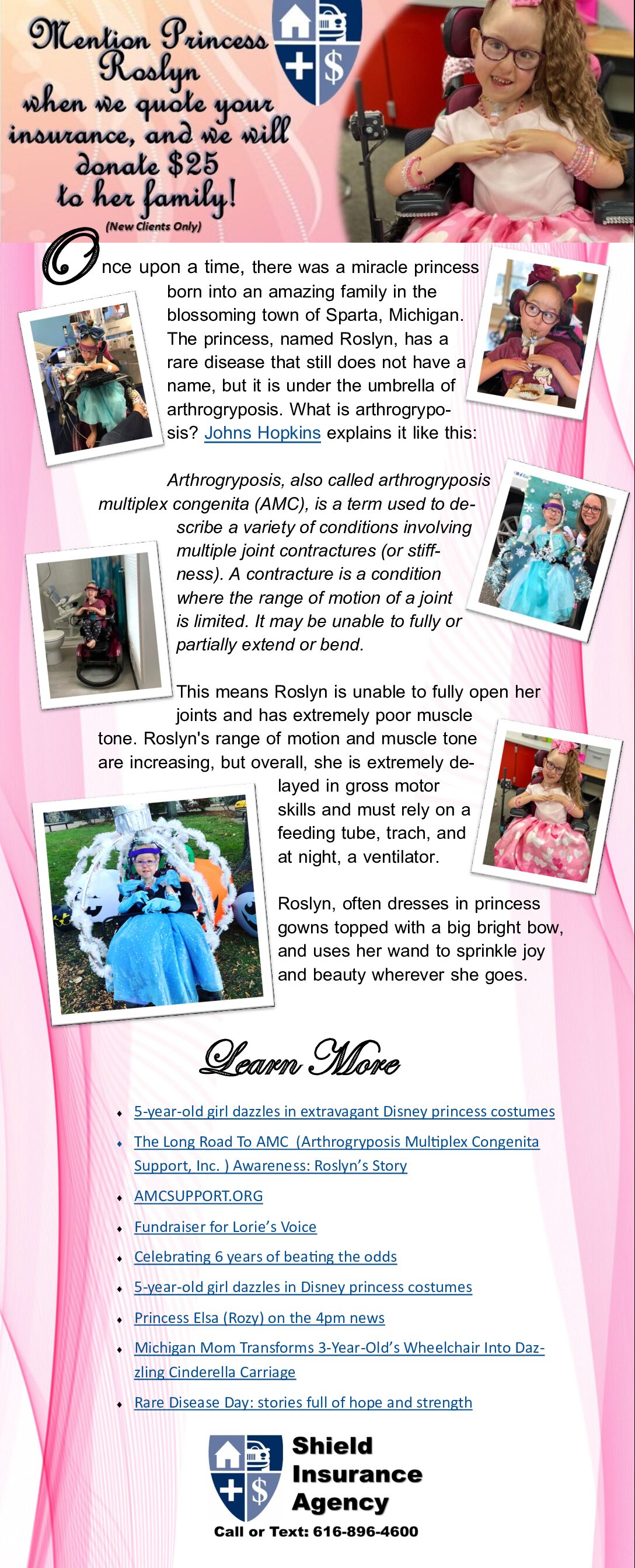Washington Post | By Sydney Page | December 9, 2021 at 6:00 a.m. EST | Like Family | Shield Blog
She became friends with her Uber passenger. They became like family, and she took a large pay cut to be his caretaker.
All it took was a five-minute car ride for Jenni Tekletsion to foster a friendship with her 88-year-old Uber passenger.
She met Paul Webb in March 2020, when he called an Uber to take him to a nearby Verizon store to get his cellphone fixed.
Tekletsion, 52, picked him up in her gray Toyota RAV4 at his home in Columbus, Ohio, where he lives alone.
“From the start, we really connected,” she said.
The feeling was mutual: “She was very personable, easy to talk to,” said Webb, who was diagnosed with dementia several years ago and has been unable to drive since having a stroke in 2017.
Only a few minutes into their car ride that day, “I could tell how lonely he was,” Tekletsion said. “I had a feeling that he needed help. I told him I live nearby his house, so I said, ‘From now on, when you need a ride, just call me.’https://fbe8d7153d534fc1148fc787bcfc9583.safeframe.googlesyndication.com/safeframe/1-0-38/html/container.html
“I will take care of you,” she told him, and gave the stranger her phone number. “He trusted me.”
Webb took her up on the offer and called the following day, asking for a ride to a nearby gas station to buy milk.
In a matter of weeks, he called more often, and she also came by to check on him.
“I started coming here every single day after work to take him out to eat,” said Tekletsion, who was working remotely as a banker for a financial institution while also working toward her doctoral degree in business administration at Franklin University, which she is still pursuing.
Like Family
Click here for the rest of this good news story…
More great articles with Shield Insurance






























































